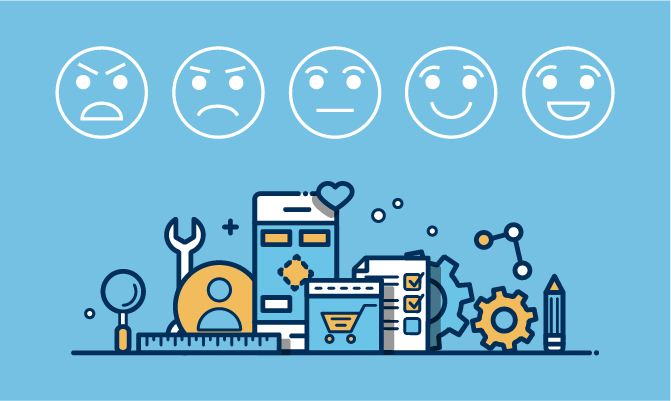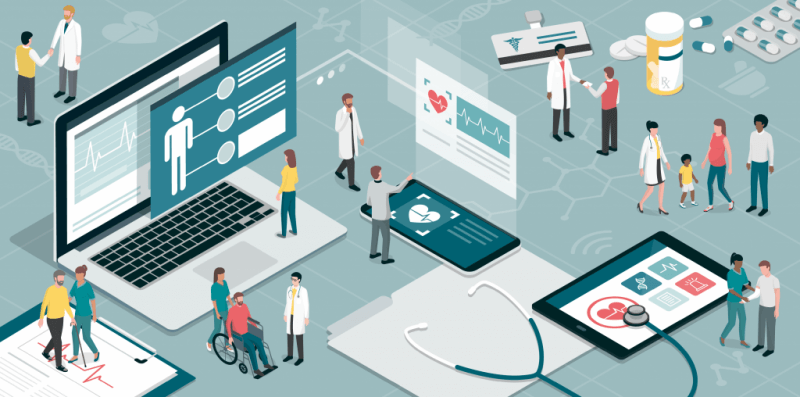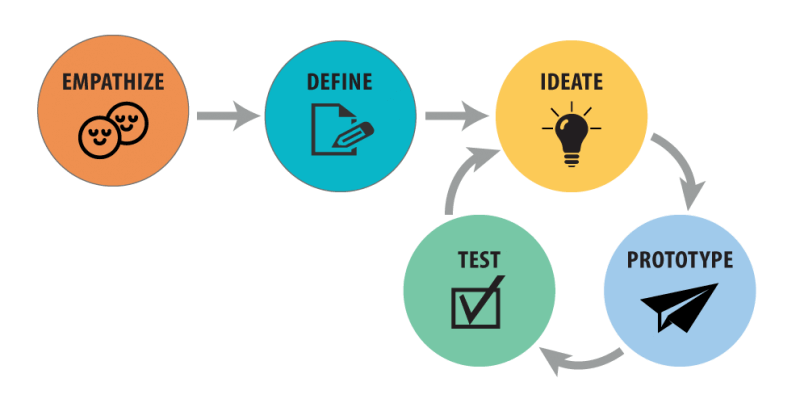Healthcare & Medical UI Design Services | UX Healthcare Design
Importance of UX in healthcare

User experience is an inescapable part of the healthcare sector, which is suffering from problems such as high cost, low quality of care, and patient dissatisfaction. Many have pointed towards the use of information and communication technologies to address these issues, yet the complex structure of healthcare systems have made this integration somewhat rocky. Electronic medical records are meant to dilute the barriers to fast service while reducing health disparities and poor patient experiences, however, the confusing and overcomplicated interface of EMRs leave both patients and clinicians frustrated, pointing to the need for improved user experience.
User experience takes shape whenever a person interacts with technology. The healthcare sector, like other areas of public service, is transforming as a result of technological advancements in the past couple of decades that have restructured how we deliver services to patients.
The use of electronic medical records has increased substantially, and as a result, the role of user experience has come to the forefront. As technology continues its integration in all areas of our community, it is crucial that the healthcare sector does not fall behind as it pertains to patient health and safety. Furthermore, emphasizing the role of UX in clinical software is necessary to produce a seamless and easy transition for clinicians, who are the primary users of digital medical tools. All proposed software must deeply understand the needs of its users in order to uphold its efficacy.
UX in Clinical Processes

UX must be a central focus to the technological systems used in healthcare if we want this technology to act as a shortcut rather than a barrier for clinicians. The high stress, time-sensitive, and human-centered environment of medical facilities leave little room for clinicians to spend time trying to understand and navigate interface systems when their service is highly needed elsewhere. This is the exact area where healthcare is falling behind other industries in terms of technological integration, as a lack of emphasis on user-centered design has often left users alienated.
One study found that ED providers tend to spend 43% of their time navigating an EMR, compared to 28% of the time that they spend with patients. Furthermore, ED providers average out around 4000 clicks in the EMR during a single 10-hour shift. There is a need for an emphasis on usability to ensure that an EMR is efficient for both clinicians and patients.
As digital healthcare becomes more widely adopted, UX will become an indispensable factor that hospitals and other healthcare services must take into account to improve their digital services. Furthermore, digital healthcare will likely result in the development of new areas of UX design directly related to healthcare.
A Need for Design Thinking

Design thinking refers to a solution-based methodology, one that is a critical part of user experience. This type of thinking puts the user at the center of the design, rather than the product. It focuses on solving complex problems with empathy, multi-disciplinary thinking, and an iterative process. Furthermore, this line of thinking gives us the opportunity to place specific technologies in a larger, multi-dimensional context. Design thinking can be divided into 5 steps:
- Empathize: This step focuses on understanding your user base through non-judgemental interviews and observations.
- Define: This step seeks to define the role of users, their challenges, and pain points through user personas. The goal of this step is to reframe the issue in a human-centric format.
- Ideate: This step seeks to determine a course of action to address the issues raised in step 2 by identifying which problems to prioritize and brainstorming solutions.
- Prototype: This step seeks to fulfill the plan set out in step 3 through mockups.
- Testing: This step seeks to evaluate the prototype from step 4 by determining what works, what does not, and what can be improved upon.